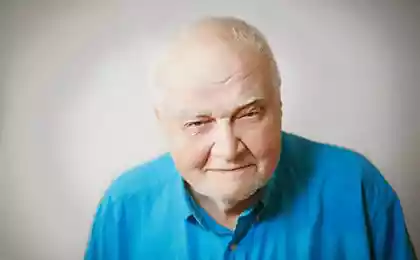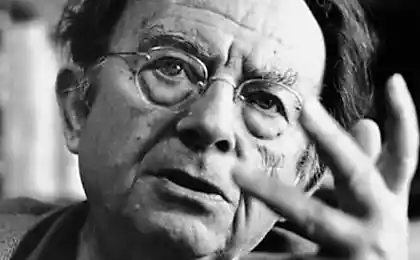704
12 accidental discoveries humanity
Modern history shows that many scientific discoveries and inventions were made by accident. Next you will see the 12 accidental discoveries that prove that everything depends on the case sometimes. Potato chips
Chef George Crum invented potato chips in 1853, when he got a complaint of harmful client that - "potatoes are crisp enough." Annoyed, George slice them as thin as possible, fried them in boiling fat and dipped in salt. The client was ecstatic.
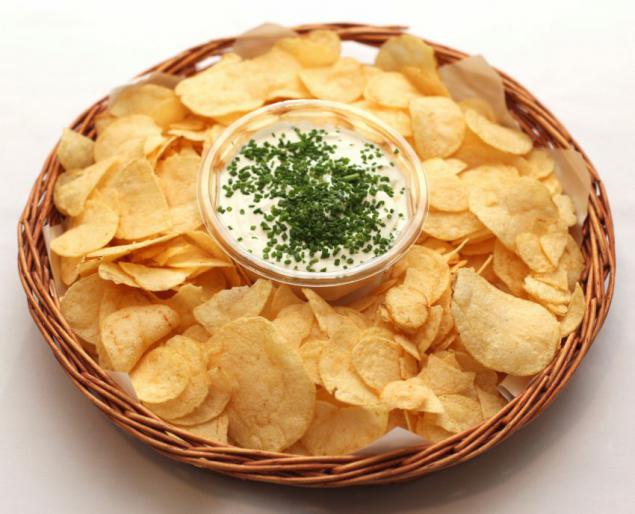
Popsicle (Popsicle)
In 1905, 11-year-old Frank Epperson was preparing himself a drink-mix powder and soda and sparkling water at the entrance, mixing it all with a wooden stick, but not finish, leaving it all on the night on the steps. That night the temperature dropped below zero, and he found her the next morning treat. After some time, he began to sell ice in summer in the park, calling it by its name-epsicle, but as adults decided to do other business. And only 20 years later, he returned to his invention patented and established its production. The name was changed to "popsicles (Popsicle)».

Penicillin
When the Scottish biologist Alexander Fleming came back from vacation, he noticed that his bacterium on which he conducted experiments were destroyed strange mushroom. It was after this incident, modern medicine has undergone tremendous changes. This fact was the basis in the creation of penicillin.
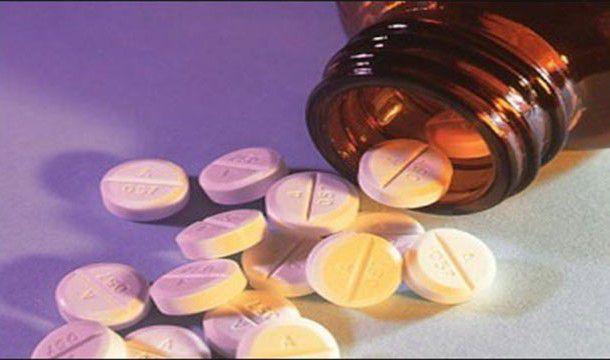
Microwave
Once Percy Spencer, an engineer working on the Raytheon (defense company in the US), passing by Magnetron noticed that the chocolate bar in his pocket melted. A few years later, he successfully created the first microwave oven.
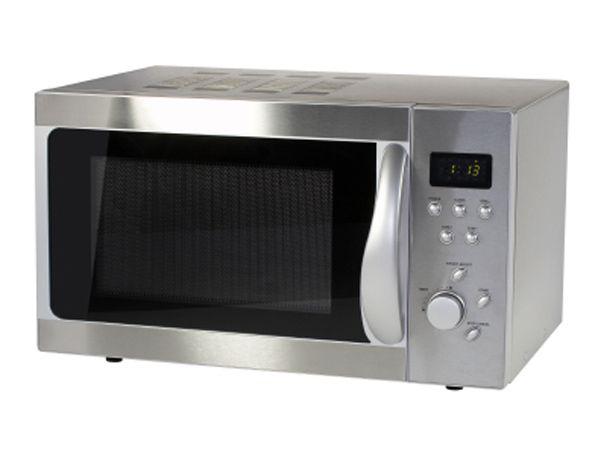
Velcro
In 1941, Swiss engineer Georges de Mestral discovered burdock in their pants. His interested tenacity with which he was held, examining burr under a microscope, he created the first prototype of fasteners, but the mass production of the invention were only 14 years later.
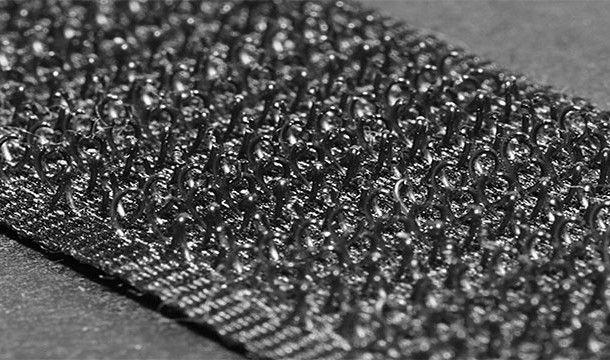
Teflon
Roy Plunkett employee of the company "Dupont" was looking for a way to make refrigerators safer, he tried to find a replacement for the refrigerant freon-aggressive. Another mixture of gas, on which he worked for the night "somewhere disappeared" and left only the white, waxy substance. This material has many useful properties such as high heat and cold resistance, it remains flexible at -70 to +270 degrees. By its chemical resistance is superior to all synthetic materials.
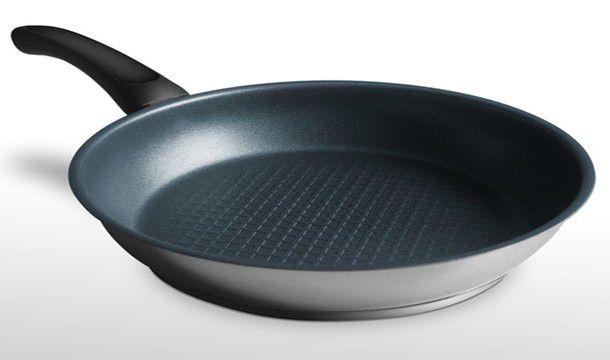
Coca-Cola
John Stith Pemberton was not a businessman. He just wanted to get rid of headaches. As a pharmacist, he came up with the recipe, which consisted of two components - the coca leaves and kola nuts. The beverage has tonic properties, but diluted with plain water once accidentally dealer, diluting the syrup poured soda-so was born the drink which we know to this day.
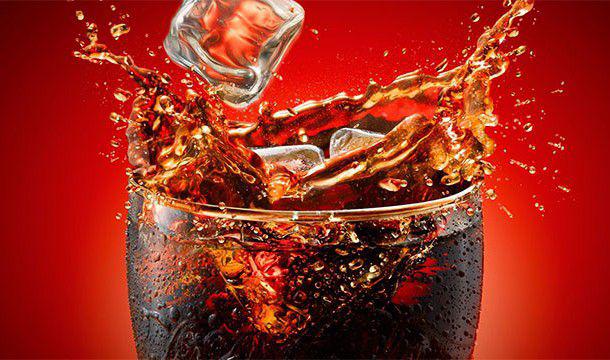
Radioactivity
In 1896, Henri Becquerel accidentally discovered radioactivity during studies of phosphorescence in uranium salts. To carry out the next experiment needed bright sunlight. He wrapped a crystal of uranium in a photographic plate, and put in a dark box. When he came the next day, he was surprised to find that all the records have already been marred. This discovery led Becquerel to the study of the spontaneous emission of nuclear radiation.

"Smart Dust» (Smart Dust)
When the post-graduate department of chemistry, working on a silicon chip accidentally destroyed it, they discovered that the tiny pieces were still active. They were called "smart dust", and today they play an important role in the technology used for the destruction of cancer at the molecular level.

Cornflakes
Keith Kellogg assisted his brother, a doctor in a sanatorium in Battle Creek with patients and their diets, preparing another dish of cornmeal, they were forced to leave. Coming back, they found that the dough has become unsuitable for cooking, but still decided to make a meal. The dough is rolled up and get flakes and lumps, desperate brothers decided to fry flakes. What happened exceeded all expectations: the flakes become airy and crispy, it was a hit among patients.

Saccharin
Constantine Falberg, a scientist at the Johns Hopkins University was carrying some him.komponenty lab home. Eating the meal, he found that the taste of the bread became strangely sweet despite the fact that he did not use sugar. He realized that it was some of the components from the laboratory. In 1884 Falberg patented method for producing saccharin and began its industrial production.
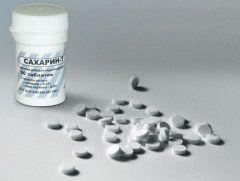
Walking a spring "Slinky» (Slinky)
In 1943, a naval engineer Richard James developed a special suspension spring, which will support and balance the secret equipment on ships. When one of the springs accidentally fell from the shelf, she continued to move down the stairs, and James when he was home again, made the spring, to amuse the children she took on "hurray" and-so came the idea to create a toy
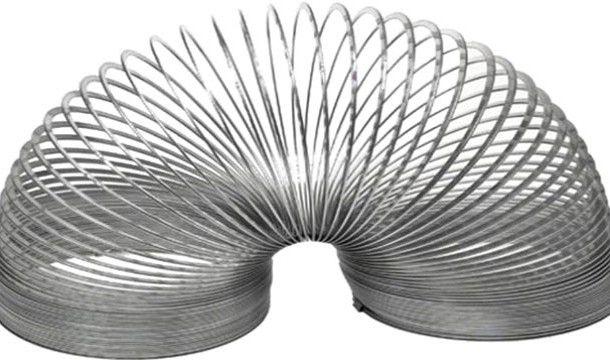
Source: maxpark.com
Chef George Crum invented potato chips in 1853, when he got a complaint of harmful client that - "potatoes are crisp enough." Annoyed, George slice them as thin as possible, fried them in boiling fat and dipped in salt. The client was ecstatic.

Popsicle (Popsicle)
In 1905, 11-year-old Frank Epperson was preparing himself a drink-mix powder and soda and sparkling water at the entrance, mixing it all with a wooden stick, but not finish, leaving it all on the night on the steps. That night the temperature dropped below zero, and he found her the next morning treat. After some time, he began to sell ice in summer in the park, calling it by its name-epsicle, but as adults decided to do other business. And only 20 years later, he returned to his invention patented and established its production. The name was changed to "popsicles (Popsicle)».

Penicillin
When the Scottish biologist Alexander Fleming came back from vacation, he noticed that his bacterium on which he conducted experiments were destroyed strange mushroom. It was after this incident, modern medicine has undergone tremendous changes. This fact was the basis in the creation of penicillin.

Microwave
Once Percy Spencer, an engineer working on the Raytheon (defense company in the US), passing by Magnetron noticed that the chocolate bar in his pocket melted. A few years later, he successfully created the first microwave oven.

Velcro
In 1941, Swiss engineer Georges de Mestral discovered burdock in their pants. His interested tenacity with which he was held, examining burr under a microscope, he created the first prototype of fasteners, but the mass production of the invention were only 14 years later.

Teflon
Roy Plunkett employee of the company "Dupont" was looking for a way to make refrigerators safer, he tried to find a replacement for the refrigerant freon-aggressive. Another mixture of gas, on which he worked for the night "somewhere disappeared" and left only the white, waxy substance. This material has many useful properties such as high heat and cold resistance, it remains flexible at -70 to +270 degrees. By its chemical resistance is superior to all synthetic materials.

Coca-Cola
John Stith Pemberton was not a businessman. He just wanted to get rid of headaches. As a pharmacist, he came up with the recipe, which consisted of two components - the coca leaves and kola nuts. The beverage has tonic properties, but diluted with plain water once accidentally dealer, diluting the syrup poured soda-so was born the drink which we know to this day.

Radioactivity
In 1896, Henri Becquerel accidentally discovered radioactivity during studies of phosphorescence in uranium salts. To carry out the next experiment needed bright sunlight. He wrapped a crystal of uranium in a photographic plate, and put in a dark box. When he came the next day, he was surprised to find that all the records have already been marred. This discovery led Becquerel to the study of the spontaneous emission of nuclear radiation.

"Smart Dust» (Smart Dust)
When the post-graduate department of chemistry, working on a silicon chip accidentally destroyed it, they discovered that the tiny pieces were still active. They were called "smart dust", and today they play an important role in the technology used for the destruction of cancer at the molecular level.

Cornflakes
Keith Kellogg assisted his brother, a doctor in a sanatorium in Battle Creek with patients and their diets, preparing another dish of cornmeal, they were forced to leave. Coming back, they found that the dough has become unsuitable for cooking, but still decided to make a meal. The dough is rolled up and get flakes and lumps, desperate brothers decided to fry flakes. What happened exceeded all expectations: the flakes become airy and crispy, it was a hit among patients.

Saccharin
Constantine Falberg, a scientist at the Johns Hopkins University was carrying some him.komponenty lab home. Eating the meal, he found that the taste of the bread became strangely sweet despite the fact that he did not use sugar. He realized that it was some of the components from the laboratory. In 1884 Falberg patented method for producing saccharin and began its industrial production.

Walking a spring "Slinky» (Slinky)
In 1943, a naval engineer Richard James developed a special suspension spring, which will support and balance the secret equipment on ships. When one of the springs accidentally fell from the shelf, she continued to move down the stairs, and James when he was home again, made the spring, to amuse the children she took on "hurray" and-so came the idea to create a toy

Source: maxpark.com
Realistic bearded dragon from a sheet of cardboard
And again in the battle. Julita whether whirligig Julia?



